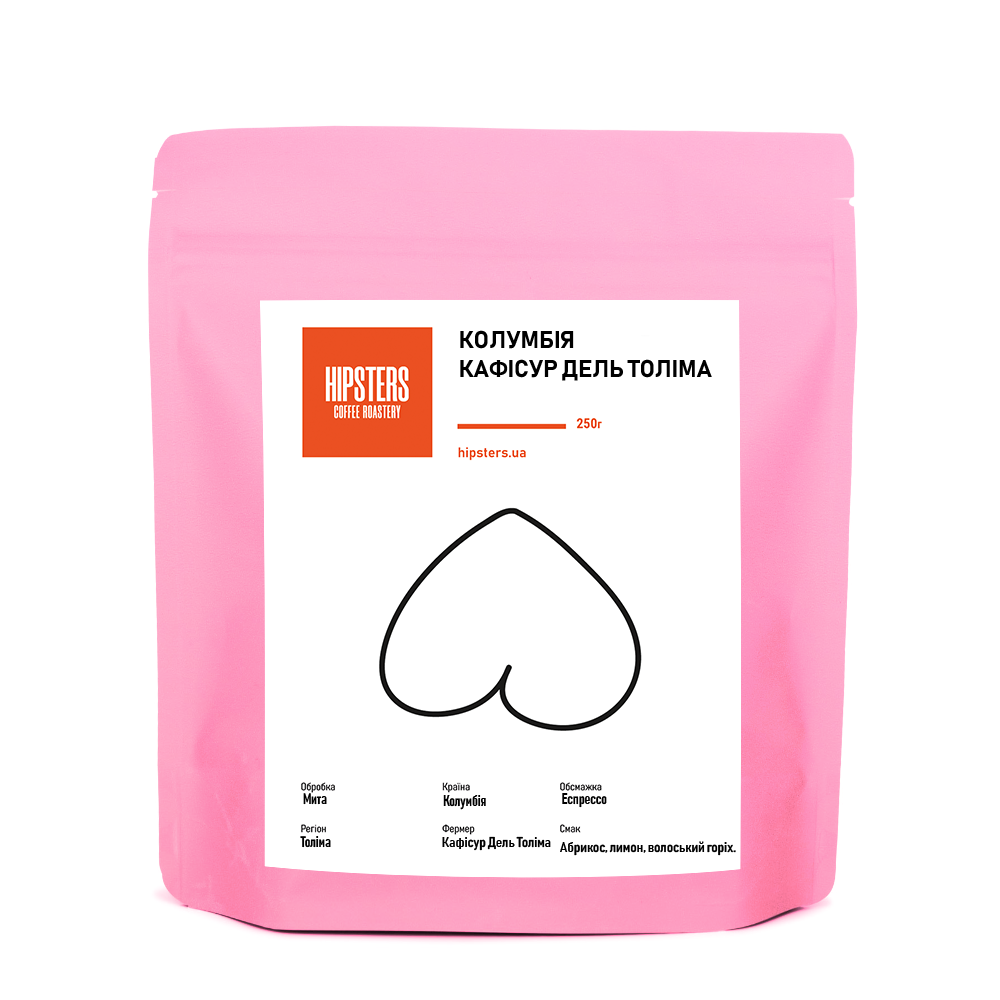Delivery by Nova Poshta
Delivery throughout Ukraine to the Nova Poshta branch or by courier to the address. Free delivery is carried out from 1 kg. coffee in one order:
- 4 packs of coffee weighing 250 grams
- 1 pack of coffee weighing 1 kilogram
When ordering coffee in a smaller volume, the delivery cost is determined by the carrier's tariffs.

